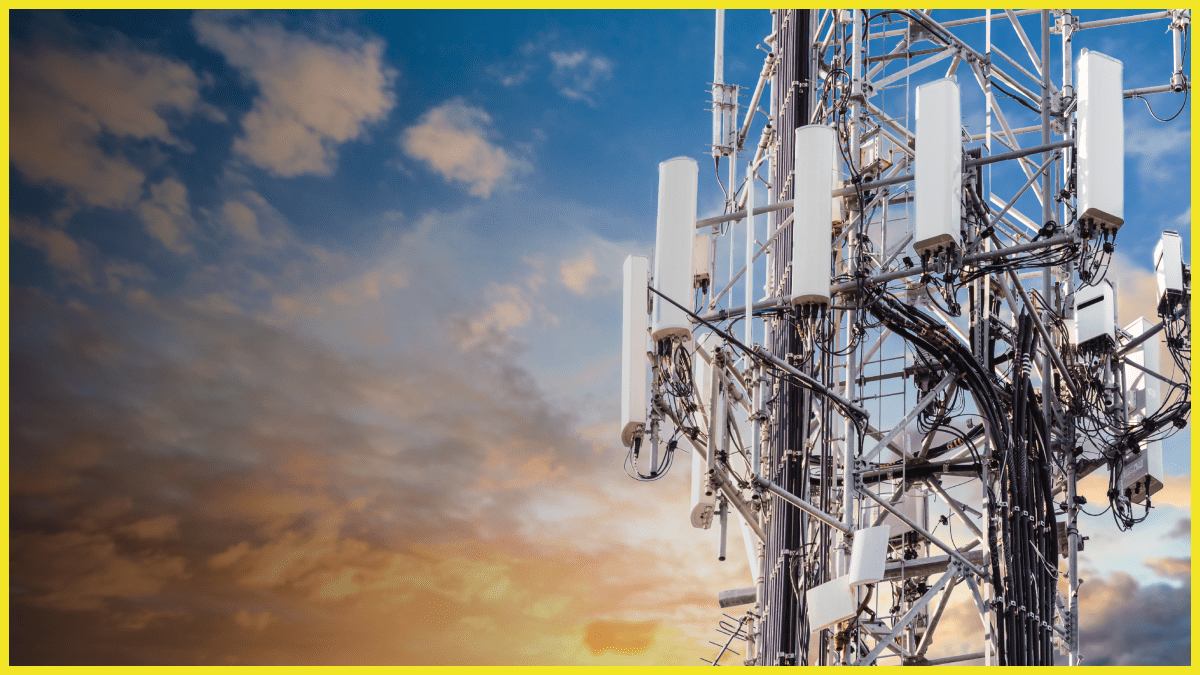- Sponsored
- Insights
Transforming federal and defense network infrastructure with new wireless technologies

Recent advancements in wireless technology—including 5G, Multi-Access Edge Computing (MEC), and Fixed Wireless Access (FWA)—are paving the way for unprecedented flexibility in modernizing networks and enhancing mission support.

Wireless services have matured to handle large volumes of data efficiently and securely, encouraging federal and defense agency IT leaders to reconsider their reliance on traditional wired networks, according to a new report produced by Scoop News Group for Verizon.
That has put federal agencies in a position to rethink their approach to upgrading and modernizing their existing wired networks. These advancements also provide agencies with a clearer path forward as traditional Time-Division Multiplexing (TDM) services over wired networks become increasingly obsolete, the report notes.
The report details how advancements in wireless technologies provide a variety of benefits to federal civilian and defense agencies, including:
- Enhanced performance: Modern wireless services, such as Verizon’s Wireless Business Internet (WBI), leverage high-bandwidth, low-latency 5G and LTE Advanced to deliver speeds and reliability comparable to, or in some instances better than, fixed broadband.
- Cost and efficiency: Wireless solutions reduce the need for costly cabling and networking hardware. They also simplify facility management by integrating with intelligent sensors and IoT devices, and they can be deployed quickly, cutting down on installation time.
- Resiliency and backup: Wireless and FWA technologies offer cost-effective backup solutions in the event of network disruptions, ensuring mission-critical connectivity, operational continuity and enhanced network resilience.
- Rapid deployment: FWA allows for the rapid establishment of network services in remote locations, which is crucial for emergency response and rapid deployment operations.
- Security and data protection: Wireless private networks offer advanced security features by enabling data transmission without passing through the public internet — minimizing security risks, and enhancing control over network access.
The report also emphasizes how 5G’s capabilities go beyond high-speed data: The ability to capture data in real-time and facilitate edge computing significantly improves analysis and decision-making capabilities. The report points to one example of how the Pentagon’s FutureG office is already exploring these possibilities to enhance surveillance and intelligence sharing.
Ultimately, integrating advanced wireless technologies is crucial for modernizing IT infrastructure and supporting the evolving needs of the workforce and mission-critical operations.
Read the report to learn more.
This article was produced by Scoop News Group, for FedScoop and DefenseScoop, and sponsored by Verizon.






